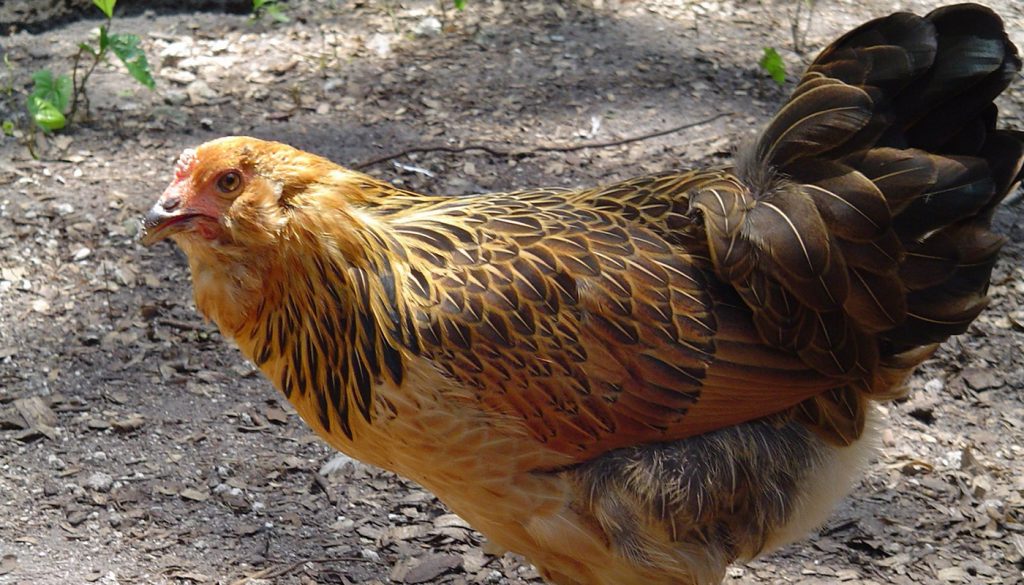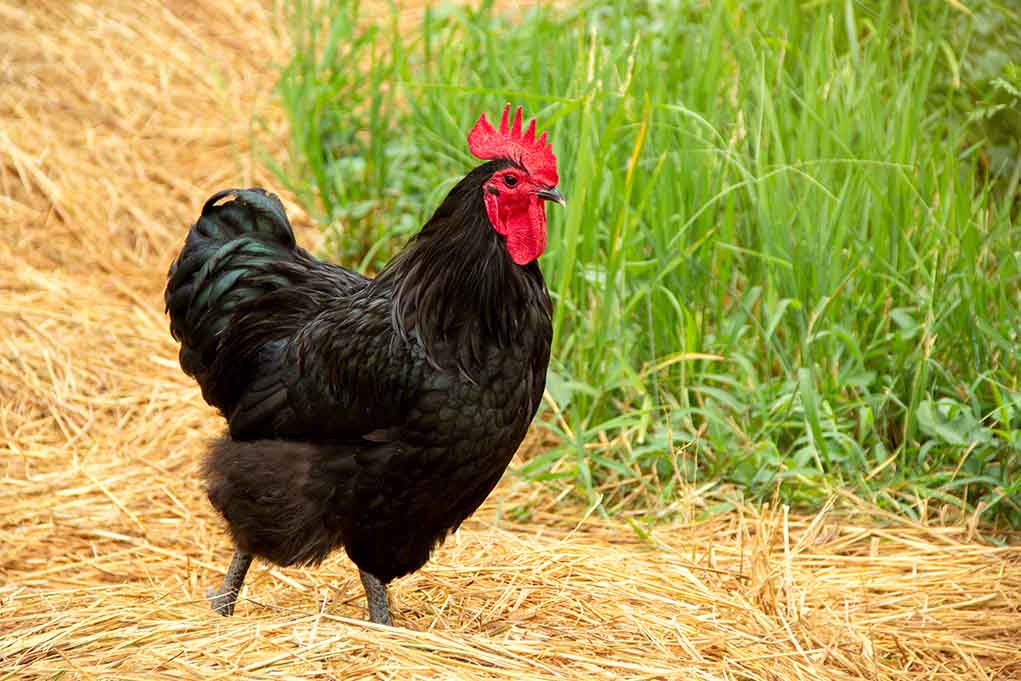Amberlink Chicken Breed
Amberlink chicken is a breed that is known for its egg production. The breed was developed by the University of Arkansas in the United States.
Amberlink chicken is one of the most commonly found breeds in commercial poultry farms. They are known for their high production levels, egg quality, and low mortality rates.
Amberlink Chicken Breed was created to have a low-fat, high-protein diet and to be very easy to care for. The company has been working on this project for over a year and it is now available in stores across the country.
The Amberlink Chicken Breed was created by the University of Arkansas in 1991 and was introduced to commercial poultry farms in 1995. This chicken breed has been a great success because it has high egg production, low mortality rates, and high-quality eggs.
History of Amberlink Chicken
Amberlink Chicken Breed is an American breed of chicken that was developed in the 1980s. It is believed to have originated from the cross between a Rhode Island Red and a White Rock chicken.
Amberlink chick is known for its large size, gentle nature, and ability to produce large amounts of eggs. They have been used as a meat birds in some countries, but are more commonly kept as egg layers or ornamental birds.
Amberlink Chicken is one of the most popular chicken breeds in America with over 1 million birds sold every year. The breed has been used for both commercial and home purposes.
What Do They Look Like?
The Amberlink Chicken breed was created to have a unique color and a very distinctive appearance. They are also known for their friendly personality and the fact that they can be kept as pets.
The first generation of Amberlink chickens is the most popular, with the most recognizable features being their black feathers, green-gold eyes, and red comb.
The second generation has more black feathers and fewer green-gold eyes than the first generation. The third generation has even fewer black feathers than the second generation but still retains the green-gold eyes.
They are also known for their friendly personality, as well as for being good at laying eggs.
Amberlink Chicken Eggs
Amberlink chicks Eggs are a new breed of chicken eggs. They are designed to be healthier, more nutritious, and less expensive than traditional eggs.
They are an alternative to the traditional eggs that we have been using for years. The company has made a lot of changes in the way chickens lay their eggs so that they can produce more healthy and nutritious ones.
The company is also trying to make it cheaper for consumers by selling them at a lower price point than the traditional egg.
At what age do Amberlink chickens lay eggs?
Amberlink chickens are raised to produce eggs that are the perfect blend of taste and nutrition. They lay eggs at a very young age, which makes them an ideal choice for people who want to start a backyard chicken coop.
Amberlink chickens have been bred for many years with the goal of producing eggs that are high in nutritional value and taste great. They lay their first eggs as early as 3 weeks old, so they can be used in a backyard chicken coop or as pets.
What color eggs do Amberlink chickens lay?
The answer to this question is actually quite simple. Amberlink chickens lay brown eggs. Amberlink Chicks have been popularized by their ability to lay brown eggs, as well as their smaller size than regular laying hens.
How many eggs do Amberlink chickens lay a year?
Amberlink chickens lay about 270 eggs a year. A lot of them are sold to local farmers and restaurants, but some are also donated to food banks and other non-profit organizations.
Amberlink is a company that raises chickens for meat, eggs, and feathers. They are the largest chicken producer in the United States.
What breeds of chickens lay blue eggs?
Blue eggs are a rarity in the chicken world. They are produced by some breeds of chickens like Easter Egger, which have been selectively bred to lay blue eggs.
The Easter Egger laying breed was developed in the 1940s by crossing a white leghorn and a blue rooster. It was then bred with other breeds to produce different colors of eggs. The American Blue is the most common breed of blue egg-laying chickens, but there are also strains that lay green, lavender, and red eggs.
What chicken breed is the friendliest?
There is a wide range of chicken breeds available in the market today. From chickens that produce eggs to meat chickens, there is a breed for every need.
The Black Australorp chicken is the friendliest chicken breed according to a recent study conducted by poultry experts at Purdue University. The study analyzed personality traits and found that the Black Australorp has a high sociability score and scored high in playfulness and friendliness.
Is Amberlinks Friendly?
Amberlinks are a type of animal that can be found in the wild. They have a distinct appearance and they always seem to be in a state of panic.
Amberlinks are not friendly animals, and they don’t like to be disturbed. They will attack if they sense that you’re trying to hurt them or their eggs.
How long do Amberlink chickens live?
Amberlink chickens live longer life than other chickens. They are able to live up to 8-10 years, which is usually the maximum lifespan of commercial chickens.
They are also more expensive than other types of chicken. Amberlink chickens don’t lay eggs as much as commercial poultry and they have a higher demand for food.
Amberlink chickens are best suited for people who want to raise their own food and want to know how long their chickens will live.
Do chickens get upset when you take their eggs?
Chickens are very sensitive animals and they get upset when you take their eggs. They will peck at your fingers and create a mess if you try to steal their eggs.
Chickens can be found in most farms, including backyard chicken coops. The chickens lay eggs, which are collected by the farmer or the farmer’s family.
Some people say that chickens don’t feel anything when you take their eggs because they don’t have a brain as humans do, but this is not true. Chickens do feel pain and stress just like we do, but they can’t express it in the same way as humans can with words or sounds.
What are the best chickens for laying eggs?
Chickens are known for their ability to lay eggs. However, not all chickens have the same capacity to produce eggs. For example, large birds like turkeys lay more eggs than small birds like chickens.
The best chickens for laying eggs are Bovans Browns, they have a lot of feathers because they can regulate their temperature and keep themselves warm in cold weather. They also need to be able to sleep in groups because it is important for them to be able to communicate with each other and keep each other warm.
Differences Between Roosters and Hens
Roosters and hens are two different types of poultry. Roosters are male and hens are female. They have a comb, wattles, and red ear lobes while hens have no comb or wattles.
Roosters crow at the break of dawn to mark their territory while hens make a soft clucking noise to communicate with each other.
https://youtu.be/r__XQxQR6c4
There is not much difference between the two when it comes to their appearance but there is a difference in their behavior. Hens will lay about one egg every day while roosters will have up to 10 eggs in one day.
Is Amberlink Chicken Broody?
Amberlink Chicken Broody is a brand of chicken feed for laying hens. It was created by a veterinarian who wanted to make sure that the birds have the proper nutrition to lay eggs.
Amberlink Chicken Broody has been proven to be effective in increasing egg production and hatch rates. It is also known for its high levels of protein, calcium, and phosphorus.






